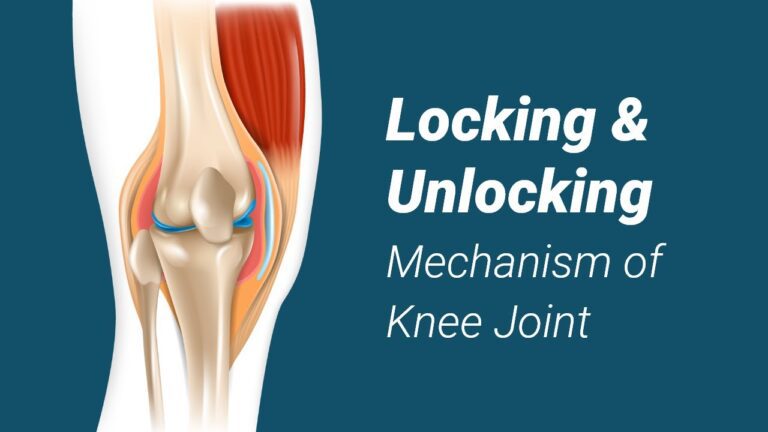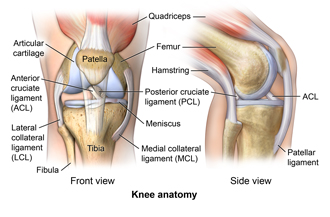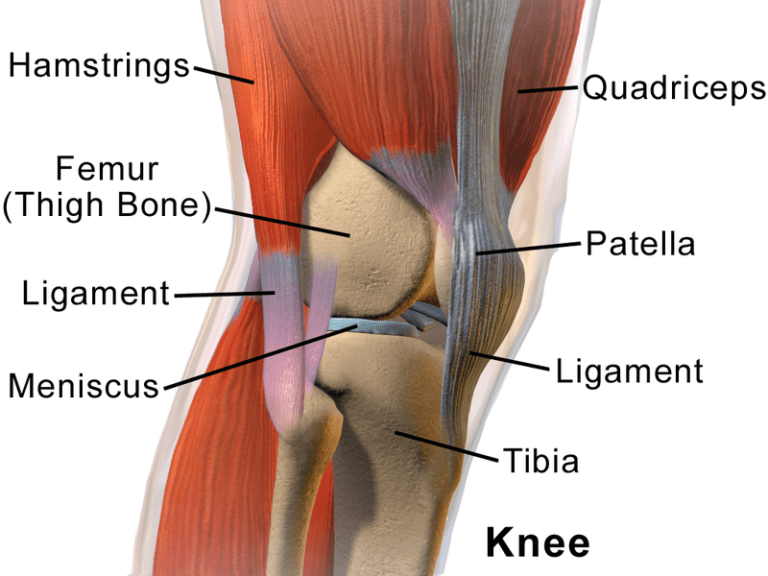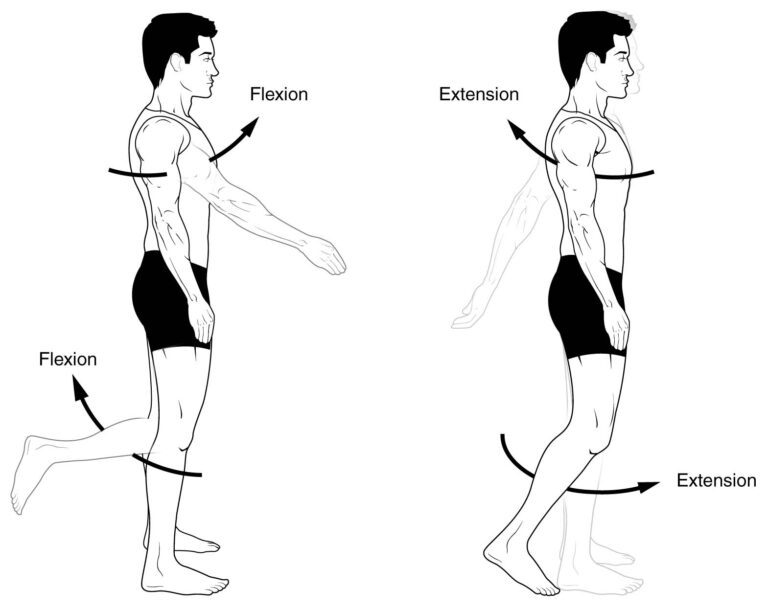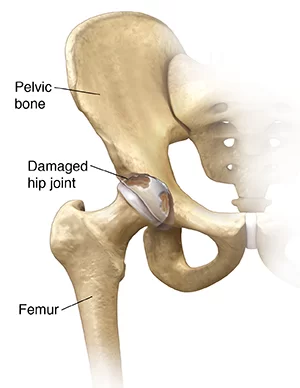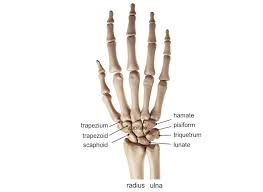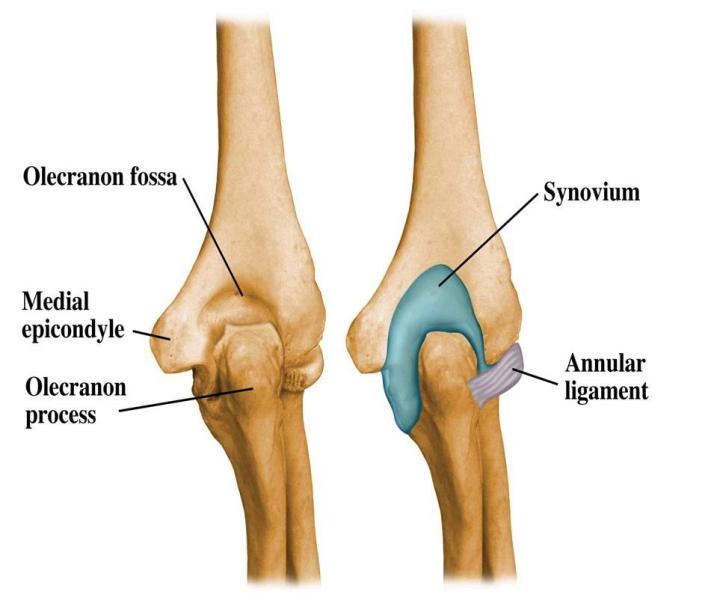Knee locking and unlocking mechanism
Definition The locking and unlocking mechanism is also known as a “Screw home mechanism (SHM)” of the knee joint is a critical mechanism that plays an important role in the terminal extension of a knee. Description of the knee joint mechanism There is the observable rotation of a knee during flexion as well as extension….

